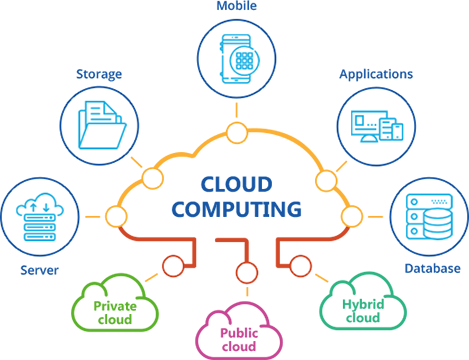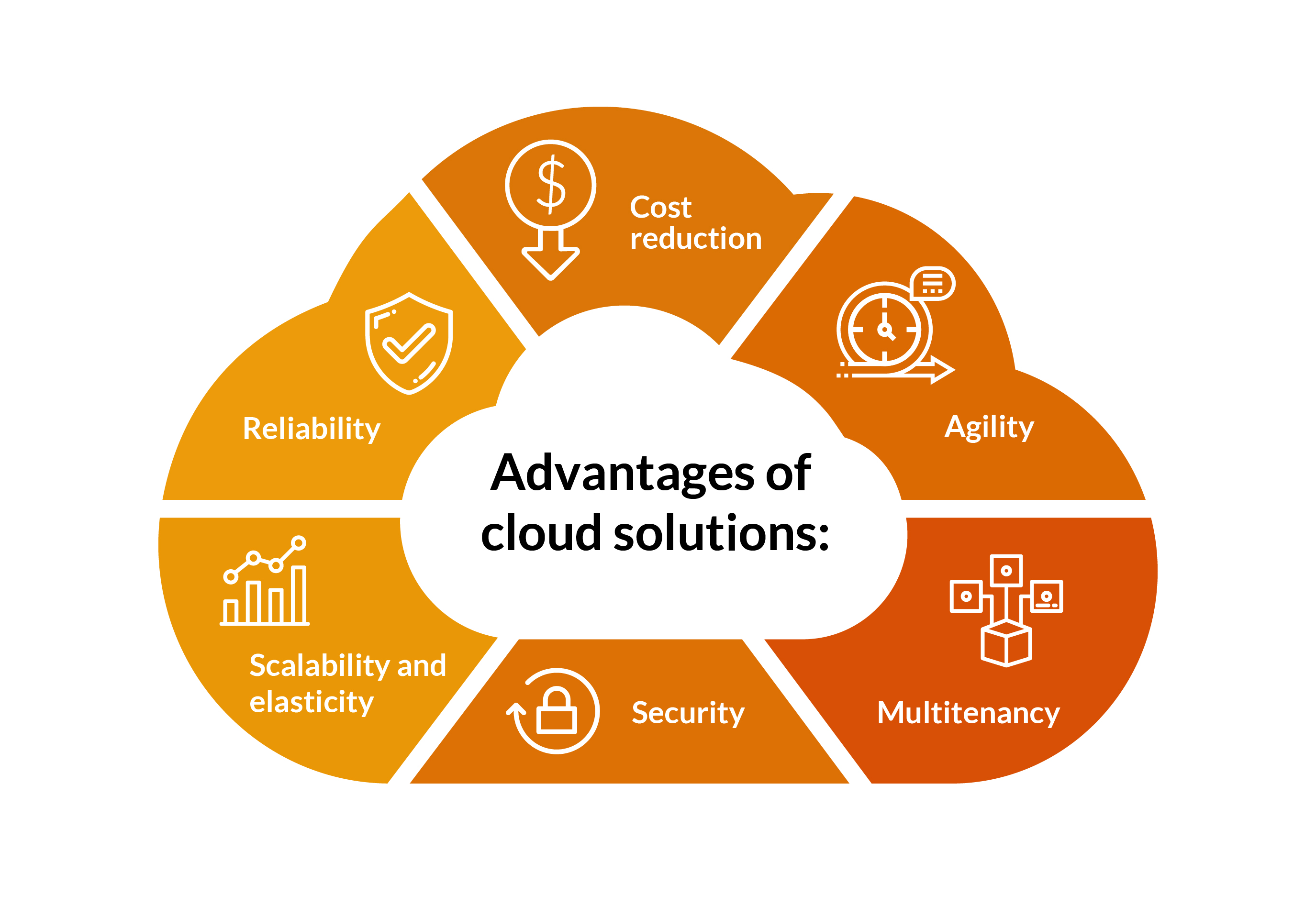LinkDaddy Cloud Services Unveiled: Specialist Strategies for Cloud Services Press Release Quality
Simplify Your Infrastructure With Cloud Services
As services navigate the ever-evolving landscape of technology and data administration, the function of cloud solutions in streamlining facilities has actually become increasingly popular. Just how can businesses efficiently browse this change and genuinely open the capacity of cloud solutions for streamlining their framework?
Advantages of Cloud Provider
Cloud services provide a streamlined technique to handling IT facilities, giving companies with flexibility, scalability, and cost-efficiency. One of the crucial advantages of cloud services is the scalability they provide.
Furthermore, cloud solutions remove the need for organizations to purchase expensive hardware and software. This cost-efficiency is a considerable benefit, particularly for tiny to medium-sized business seeking to minimize upfront prices. By utilizing cloud services, services can access high-grade IT resources without the hefty cost tag connected with typical framework setups.
In addition, cloud services give businesses with the adaptability to access their data and applications from anywhere with an internet link. This degree of access improves collaboration among teams, allows remote work, and boosts total productivity. The flexibility offered by cloud services empowers businesses to adapt quickly to altering market conditions and consumer demands.
Price Financial Savings and Scalability
In enhancement to the operational advantages highlighted previously, the integration of cloud services into a company's facilities generates substantial cost financial savings and enhanced scalability. Cloud solutions offer a pay-as-you-go version, permitting companies to scale resources up or down based on present needs, therefore avoiding the prices linked with keeping excess capacity. This flexibility enables firms to adapt quickly to rising and fall needs without incurring unnecessary costs.
Moreover, cloud solutions remove the need for upfront investments in equipment and software application, minimizing capital investment. Operating budget are likewise lessened as companies no much longer require to take care of and keep physical web servers, bring about lower power consumption and IT staffing prices. Additionally, cloud solutions provide automated updates and maintenance, ensuring that the infrastructure remains secure and current without calling for manual interventions.
Improved Security Measures
Executing strict safety and security procedures is paramount when integrating cloud solutions into a company's framework to make certain and protect sensitive data compliance with industry guidelines. Cloud service carriers provide boosted security features such as information file encryption, firewall software defense, and multi-factor authentication to alleviate cybersecurity threats. Encryption assists protect information both at rest and en route, making certain that only authorized users can access sensitive info. Firewall programs work as an obstacle between inner networks and outside risks, tracking and controlling outward bound and inbound network web traffic. Multi-factor verification includes an additional layer of security by requiring customers to supply several kinds of confirmation before accessing the cloud services.
Moreover, routine safety audits and conformity assessments read the article help recognize susceptabilities and make certain adherence to market requirements. Firms can likewise take advantage of attributes like computerized protection updates and real-time hazard monitoring provided by cloud company. By focusing on safety procedures and staying proactive in addressing potential risks, services can confidently take advantage of cloud solutions while shielding their beneficial data from unapproved access or breaches.
Transitioning to Cloud Facilities
To successfully integrate cloud services right into a company's infrastructure, an organized method that resolves the shift in the direction of cloud-based options is imperative. Transitioning to cloud infrastructure involves mindful preparation and implementation to make sure a smooth migration procedure. The very first step is to evaluate the present facilities and figure out which applications and systems appropriate for migration to the cloud. This assessment needs to think about variables such as information sensitivity, conformity requirements, and performance needs.
When the analysis is full, a migration strategy must be created. This technique needs to detail the timeline, resources, and obligations for relocating each element to the cloud. It is necessary to communicate this strategy sites clearly to all stakeholders to make sure alignment and reduce disruptions throughout the transition.
Throughout the migration surveillance, process and screening are critical to recognize and address any concerns quickly. Regular checkpoints must be developed to track development and make needed changes. Furthermore, training for employees on utilizing cloud services should be given to make certain a successful shift and make best use of the advantages of the new infrastructure.
Ideal Practices for Cloud Adoption
Effective adoption of cloud services pivots on the strategic placement of service purposes with technological abilities and business preparedness. To make certain a smooth shift to the cloud, organizations need to start by carrying out an extensive evaluation of their current framework and determining which workloads are best fit for cloud movement. It is essential to entail crucial stakeholders from various departments in the decision-making procedure to obtain buy-in and deal with any worries early on.
One more best technique for cloud adoption is to prioritize safety and conformity. Organizations needs to meticulously assess the safety procedures used by cloud company and ensure that their data is shielded according to market requirements and regulatory needs. Carrying out durable data encryption, accessibility controls, and routine safety audits can assist minimize dangers connected with cloud fostering.

Final Thought

As businesses navigate the ever-evolving landscape of modern technology and data administration, the duty of cloud services in simplifying infrastructure has actually ended up being increasingly noticeable - Cloud Services. Just how can services effectively browse this change and absolutely open the potential of cloud services for simplifying their framework?
Cloud solutions offer a streamlined approach to handling IT facilities, supplying businesses with cost-efficiency, flexibility, and scalability. By using cloud services, services can access high-quality IT sources without the significant cost tag associated with conventional infrastructure arrangements.
To ensure a smooth transition to the cloud, companies ought to begin by performing a thorough evaluation of their existing framework and identifying which work are best matched for cloud movement.